
Kenyan Wedding Jewlery
Discover the rich cultural heritage of traditional Kenyan wedding jewelry. From the vibrant beadwork of the Maasai to the ornate brass adornments of other tribes, explore how these unique pieces signify love, status, and cultural identity.

Traditional Kenyan Wedding Jewelry
A Tapestry of Beauty and Heritage
Traditional wedding jewelry in Kenya is a vibrant celebration of cultural heritage and artistic craftsmanship. Each piece is meticulously crafted and imbued with deep cultural significance, reflecting the diverse traditions of the country’s numerous tribes. From the colorful beadwork of the Maasai and Samburu to the ornate brass and copper adornments of the Kikuyu, Kenyan wedding jewelry is not only a symbol of beauty but also a profound expression of identity, status, and community values. This rich tapestry of designs and meanings transforms brides and grooms into living embodiments of their ancestral legacy, making every wedding a deeply personal and culturally resonant event.
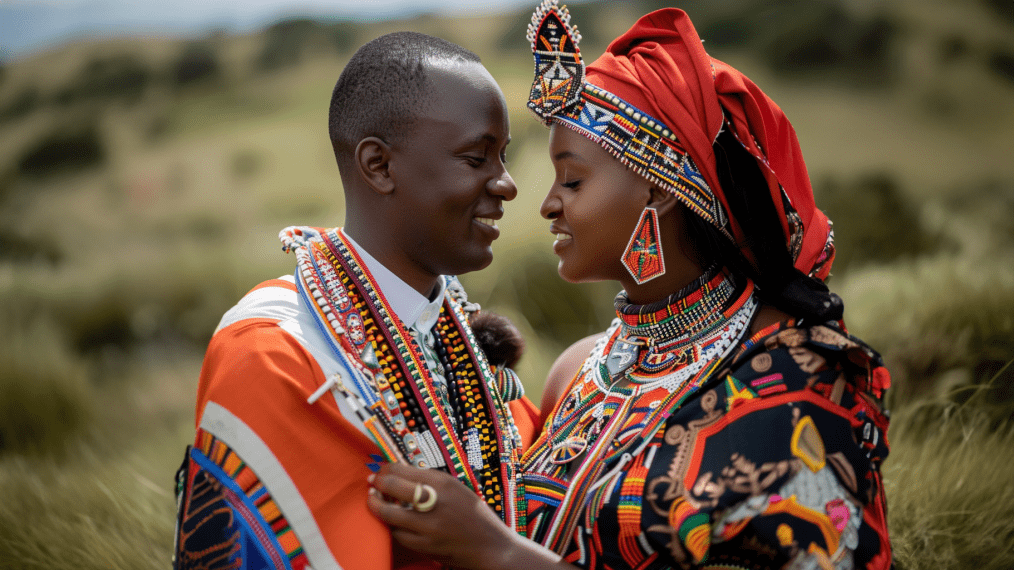
Maasai and Samburu Splendor: The Symbolic Beauty of Beadwork
In Kenya, traditional wedding jewelry varies among different tribes, each with its own unique styles and cultural significances. Among the Maasai and Samburu tribes, colorful, intricate beaded necklaces, bracelets, and earrings are prominent. These beads are not only decorative but also hold significant cultural meanings, such as representing social status, marital status, and even the number of children a woman has.
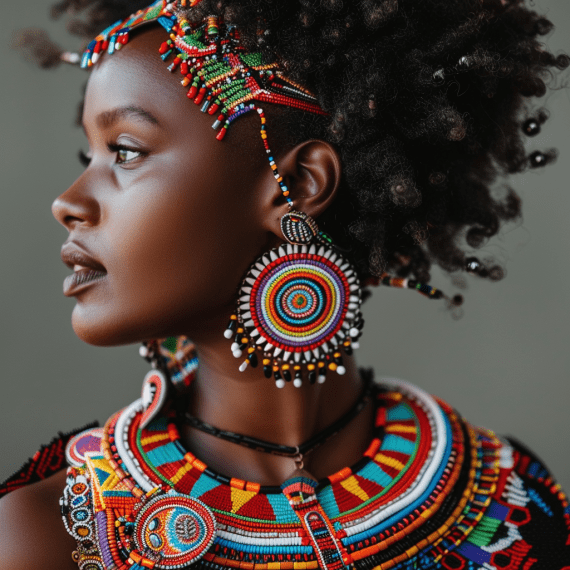
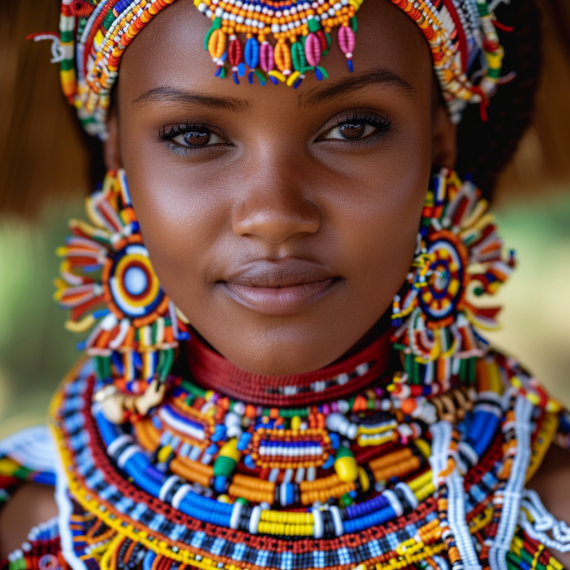
Large, elaborate necklaces are commonly worn by brides, often multi-layered and covering the upper body. These necklaces are meticulously crafted, with each color and pattern holding specific symbolic meanings. For example, red beads may symbolize bravery, while blue beads can represent energy and the sky. The creation of these necklaces is a communal effort, often involving several women from the bride’s family.
The Significance of Headpieces and Matching Jewelry
Beaded or metallic headpieces are another vital element of traditional Kenyan wedding jewelry. These headpieces are often ornate and sometimes include a veil, signifying the bride’s status and adding a touch of regal elegance to her appearance. The designs can vary from simple bands to elaborate structures that incorporate beads, metals, and even feathers.
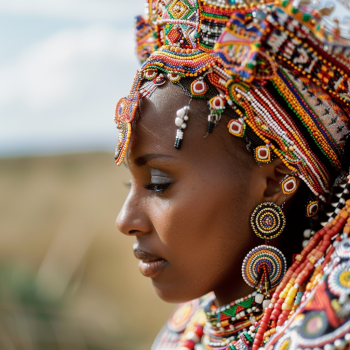
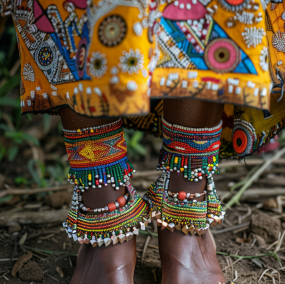
Matching bracelets and anklets made of beads or metal are also commonly worn by brides. These pieces not only complement the rest of the jewelry but also serve as symbols of unity and continuity. In some tribes, such as the Kikuyu, these matching pieces are given as gifts from the groom’s family, symbolizing their acceptance of the bride into their family.
Incorporating Brass, Copper, and Cowrie Shells
In many Kenyan tribes, brass and copper jewelry play a significant role in traditional wedding attire. These metals are prized for their durability and their ability to maintain a polished, radiant appearance over time. Brides often wear elaborate bangles, collars, and chokers crafted from brass or copper, each piece featuring intricate designs that showcase the exceptional craftsmanship of the artisans. These pieces are not merely decorative; they carry historical and familial significance, often being passed down through generations as treasured heirlooms. The intricate patterns and motifs etched into the metalwork tell stories of the bride’s heritage, adding layers of meaning to her wedding attire.
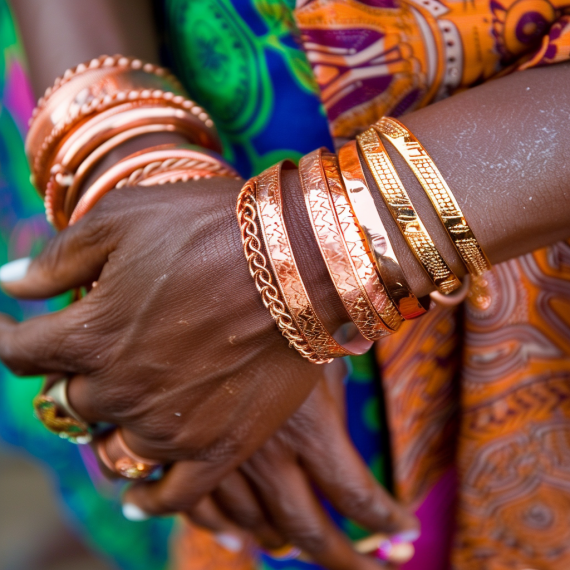
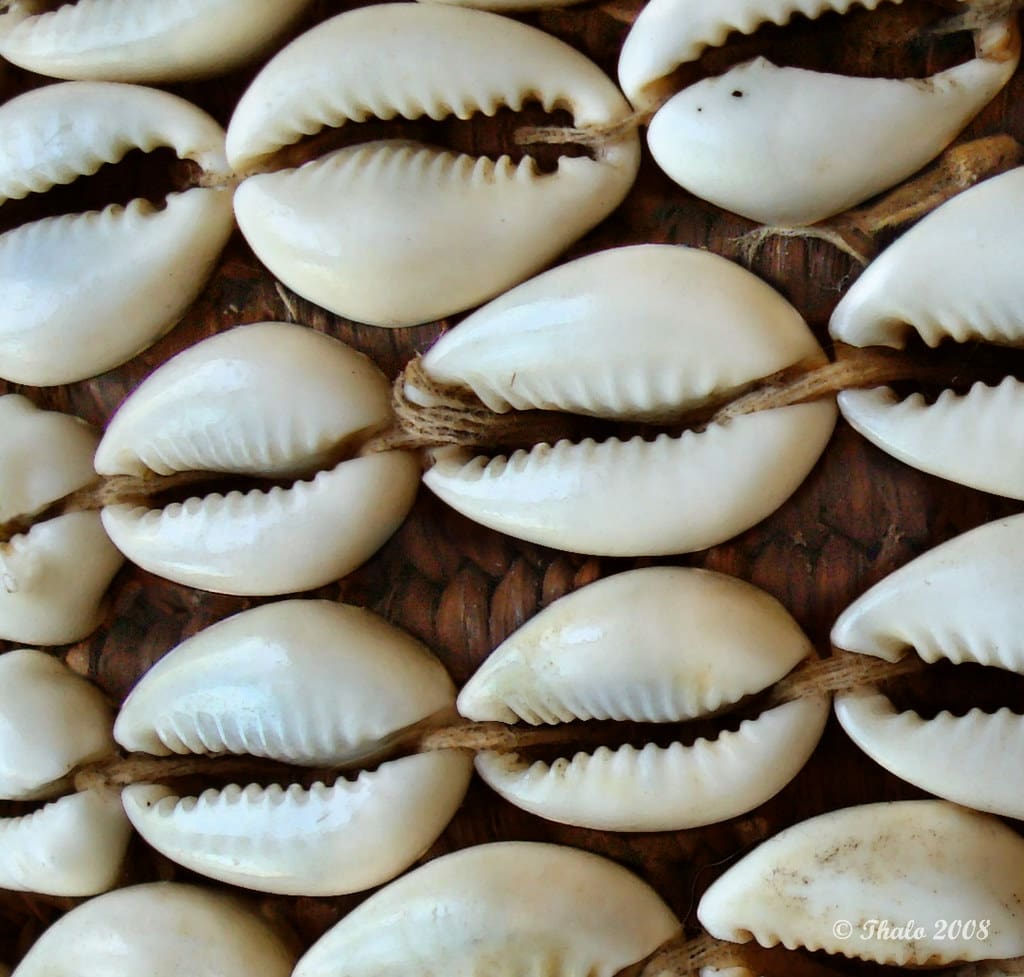
In addition to metal jewelry, cowrie shells are a common element in traditional Kenyan wedding jewelry, symbolizing fertility, prosperity, and good fortune. These small, glossy shells are meticulously incorporated into necklaces, bracelets, earrings, and headpieces, enhancing the overall aesthetic with their natural beauty. The inclusion of cowrie shells in bridal jewelry is believed to bestow blessings upon the couple, ensuring a fruitful and prosperous marriage. Often, the shells are combined with beads and metalwork, creating pieces that are as rich in symbolism as they are in visual appeal. By wearing these adorned items, the bride not only celebrates her cultural heritage but also invokes the protective and auspicious powers attributed to cowrie shells.
Jewelry: It’s Not Just for the Bride!
In Kenyan wedding traditions, grooms also wear jewelry pieces that showcase their strength and readiness for marriage. Many tribes feature grooms donning beaded armlets, anklets, and headdresses, each meticulously crafted and rich with cultural symbolism. These adornments are powerful symbols of the groom’s status, bravery, and commitment to his new role as a husband and protector. Beaded armlets and anklets, often vibrant and intricately patterned, signify virtues like courage, wisdom, and strength.
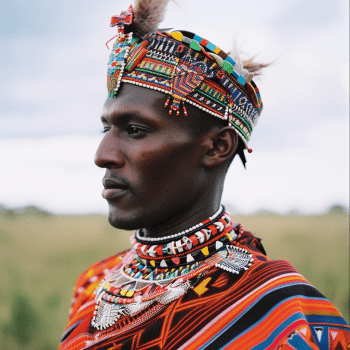
Carefully crafted by artisans, these pieces mark the groom’s transition to married life. Headdresses, made from beads, feathers, and metals, further symbolize the groom’s readiness and connect him to his ancestors and community. Wearing these adornments, the groom embodies the virtues and responsibilities expected of him, making the wedding day a profound celebration of cultural heritage and personal commitment.
Celebrating Kenyan Bridal Jewelry
Traditional Kenyan wedding jewelry is a testament to Kenya’s rich cultural heritage and exceptional craftsmanship. For brides looking to honor their heritage or simply appreciate the beauty of Kenyan artistry, these pieces provide a perfect blend of cultural significance and aesthetic appeal. While you’re still here, if you have a jewelry piece that needs a repair, you can be sure to trust it to the hands of our Master Craftsmen right here at My Jewelry Repair

Check Out the Magic of Our Jewelry Services!
Resources:
- 7 Kenyan Wedding Traditions and Rituals: https://wedbuddy.com/
- The Story of Maasai Beaded Jewelry: https://blog.culturalelements.com/a>
